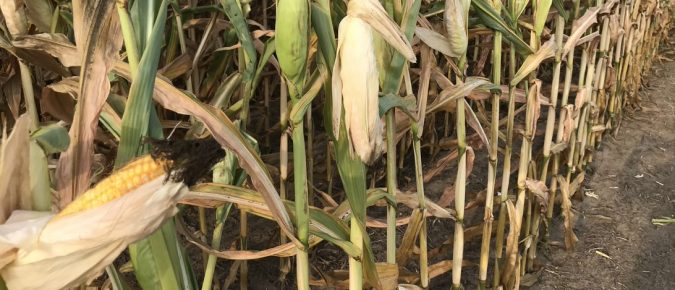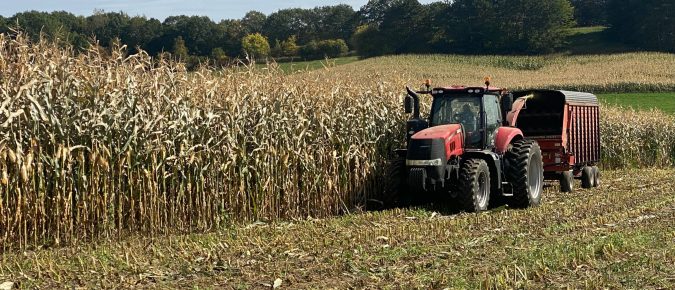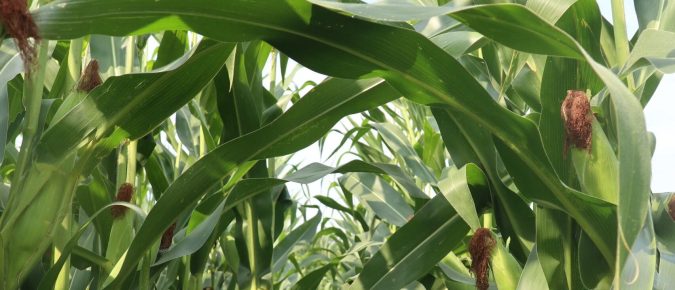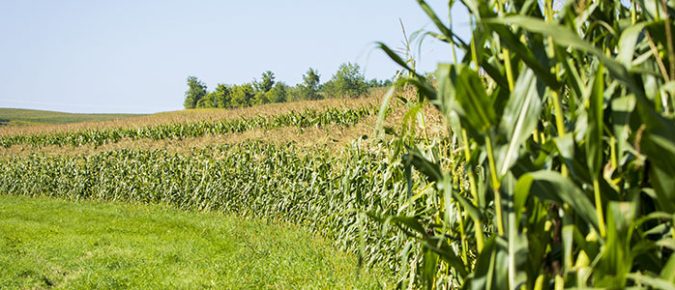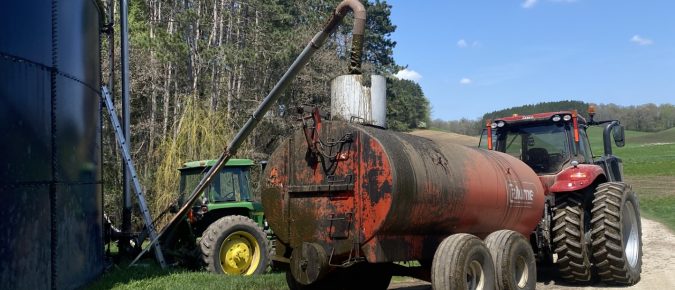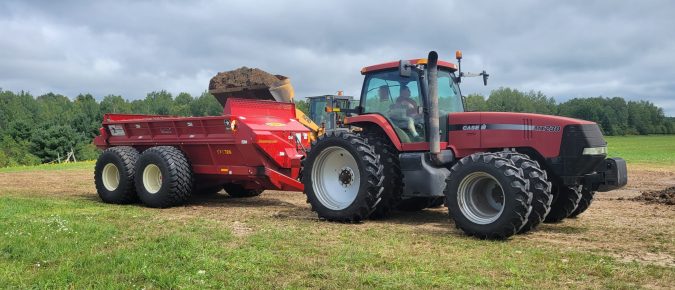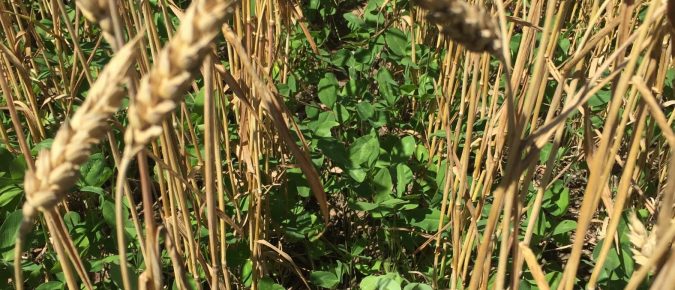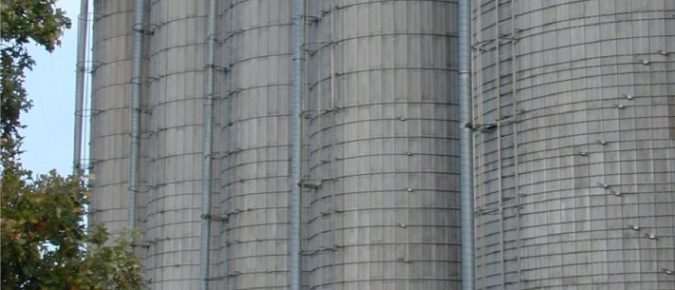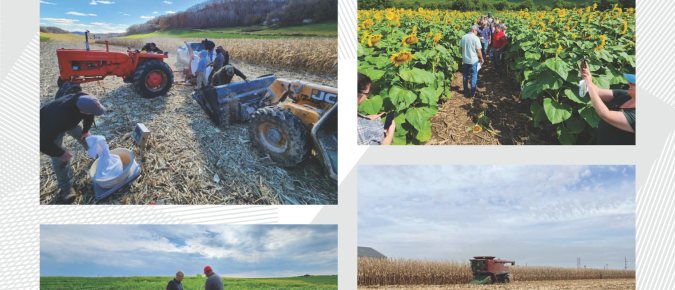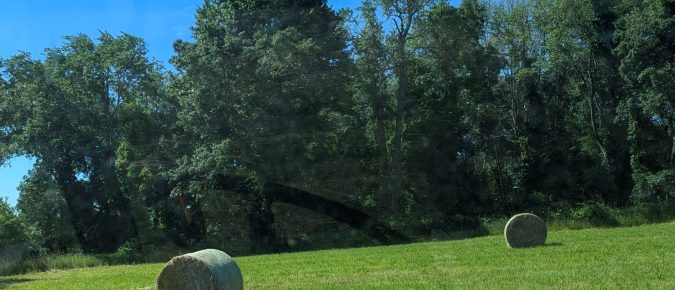Articles
▶ Practices to Optimize the Nutritive Value of Corn Silage
Dr. Luiz Ferraretto, associate professor and extension ruminant nutrition specialist at UW–Madison, shares expert insights on optimizing the nutritive value of corn silage to support dairy cow performance.
▶ Explore the New Corn Silage Dry Down Monitoring Tool
Liz Gartman, regional crops educator with UW–Madison Extension, introduces the new Corn Silage Dry Down Monitoring Tool developed to help growers track whole plant moisture and optimize harvest timing.
▶ The Agronomic Fit of Short Corn as a BMR Alternative
Dr. Harkirat Kaur, assistant professor and extension corn production systems specialist at UW–Madison, explores the agronomic potential of short corn hybrids as an alternative to Brown Midrib (BMR) corn for silage.
▶ August 14 Ag Weather Outlook for Wisconsin
Josh Bendorf from the Wisconsin State Climatology Office provides a detailed update on weather conditions across the state as of August 14, 2025.
Approaches to Estimating Manure Nitrogen Credits
This article provides insight into various approaches to calculate and verify manure-nitrogen availability (N credits). We explore: 1) approaches used to calculate plant available N (PAN) from manure that can be used for planning N applications; 2) research methods used to develop “book values” or availability coefficients; 3) soil test indices that might help farmers determine manure N availability from a specific manure application.
Incorporating Off Farm Wastes in Nutrient Management Planning
Incorporating Off Farm Wastes in Nutrient Management Planning Summary Limiting Nutrient for Material Application Application restrictions near wells and/or buildings Application restrictions based on depth to ground water and bedrock Application restrictions near surface water Winter (frozen or snow covered ground) spreading restrictions Use of wood ash to adjust soil pH SnapPlus V3 Help and […]
Adding Wheat to a Corn-Soybean Rotation to Enhance Pest Management
Using wheat to diversify corn-soybean crop rotations can act as a strong foundation for more effective, economic, and sustainable pest management.
Beyond BMR: Securing the Future of High-Quality Corn Silage
As some BMR hybrids begin to phase out, the future of high-quality corn silage will depend on how well we adapt, from evaluating new hybrids like short-statured corn, to exploring biological products and fine-tuning management practices like plant population and cutting height.
▶ Nitrogen Optimization Pilot Program 2024 Annual Report Highlights
Lindsey Rushford, Nitrogen Optimization Outreach Specialist with UW–Madison Extension, presents highlights from the 2024 Annual Report of the Nitrogen Optimization Pilot Program (NOPP).
▶ Forage Planning for Mid and Late Summer
Kevin Jarek, regional crops educator for Outagamie and Winnebago Counties, provides a comprehensive overview of forage planning strategies for mid and late summer in Wisconsin.

